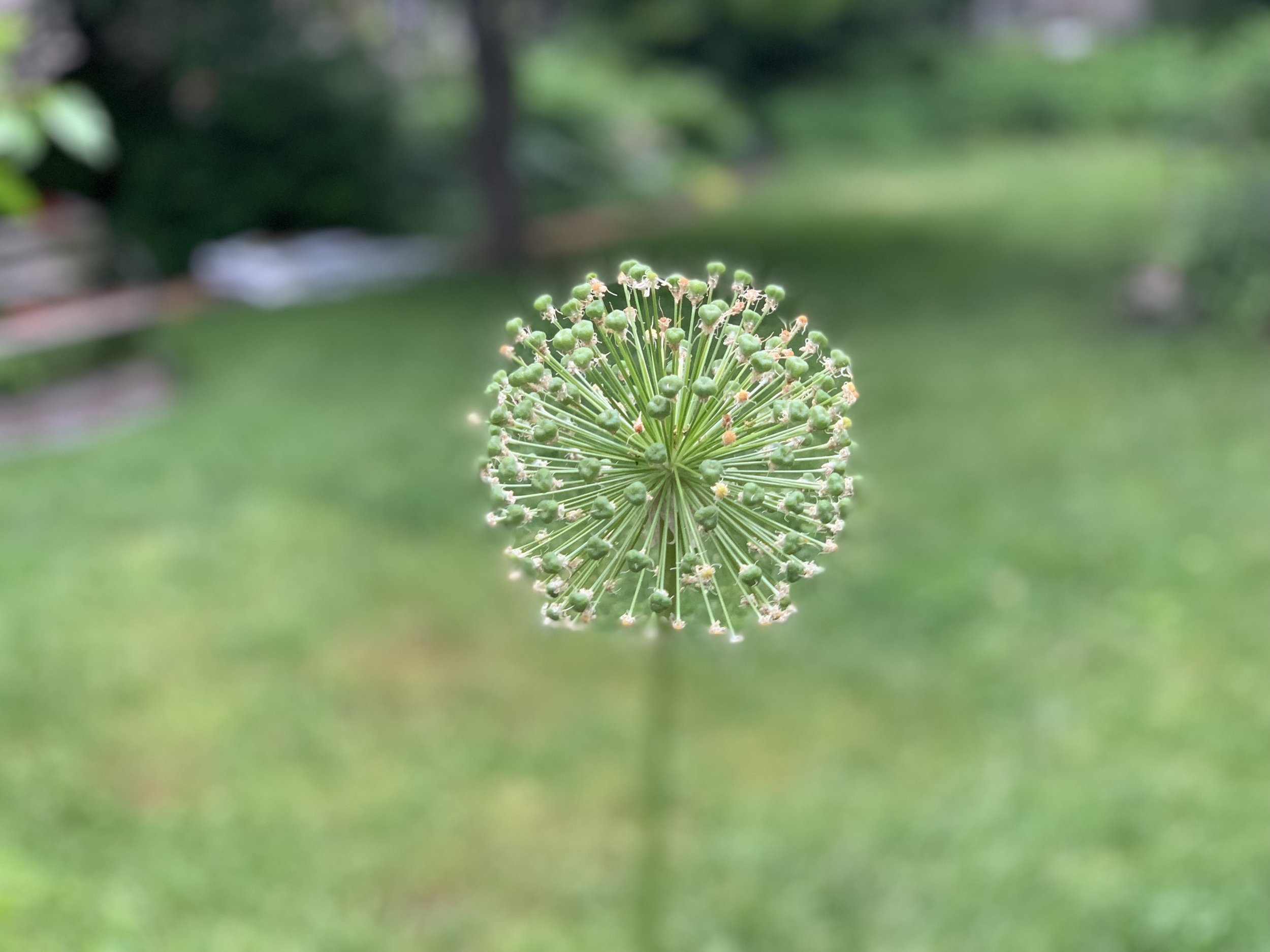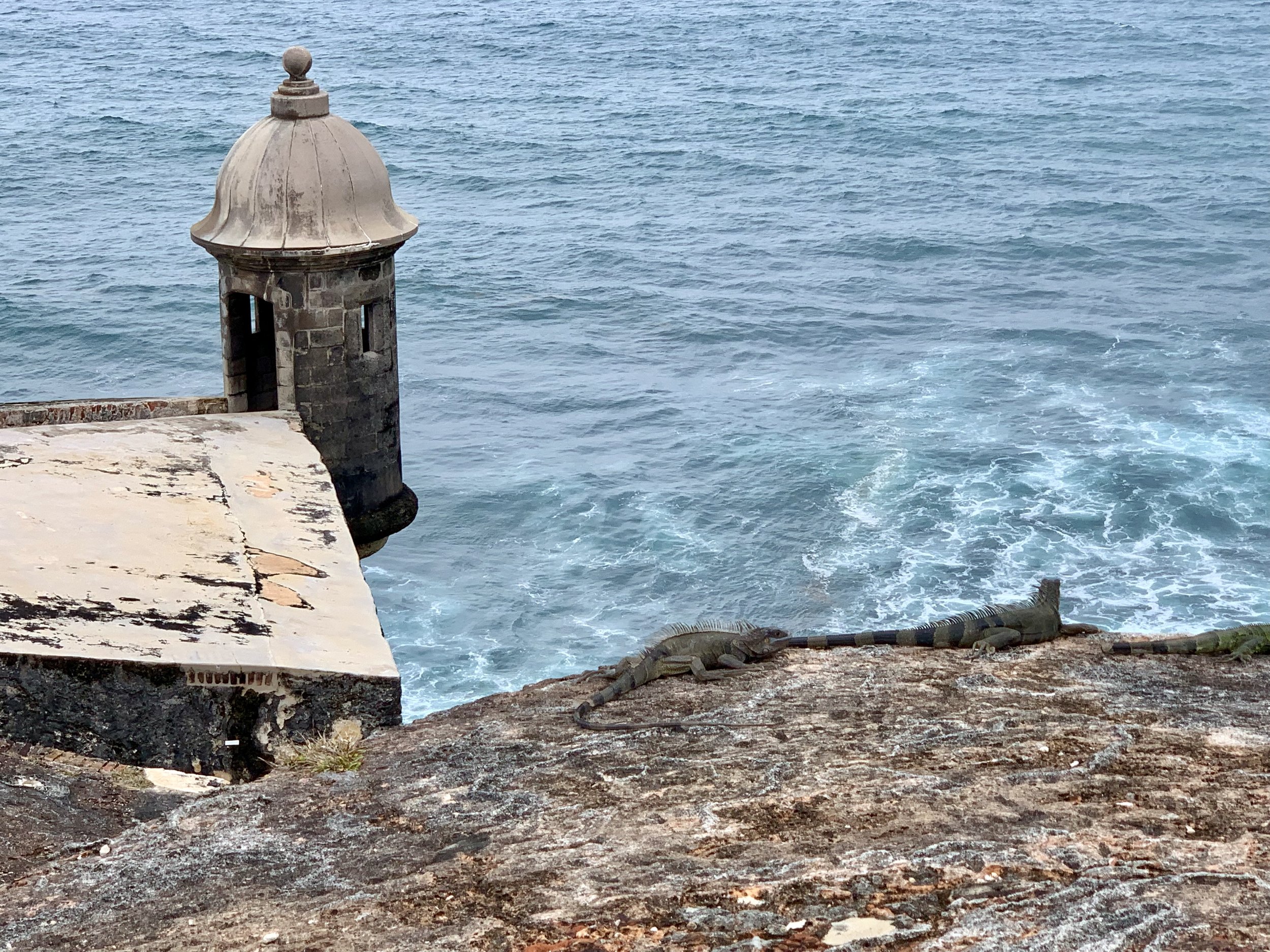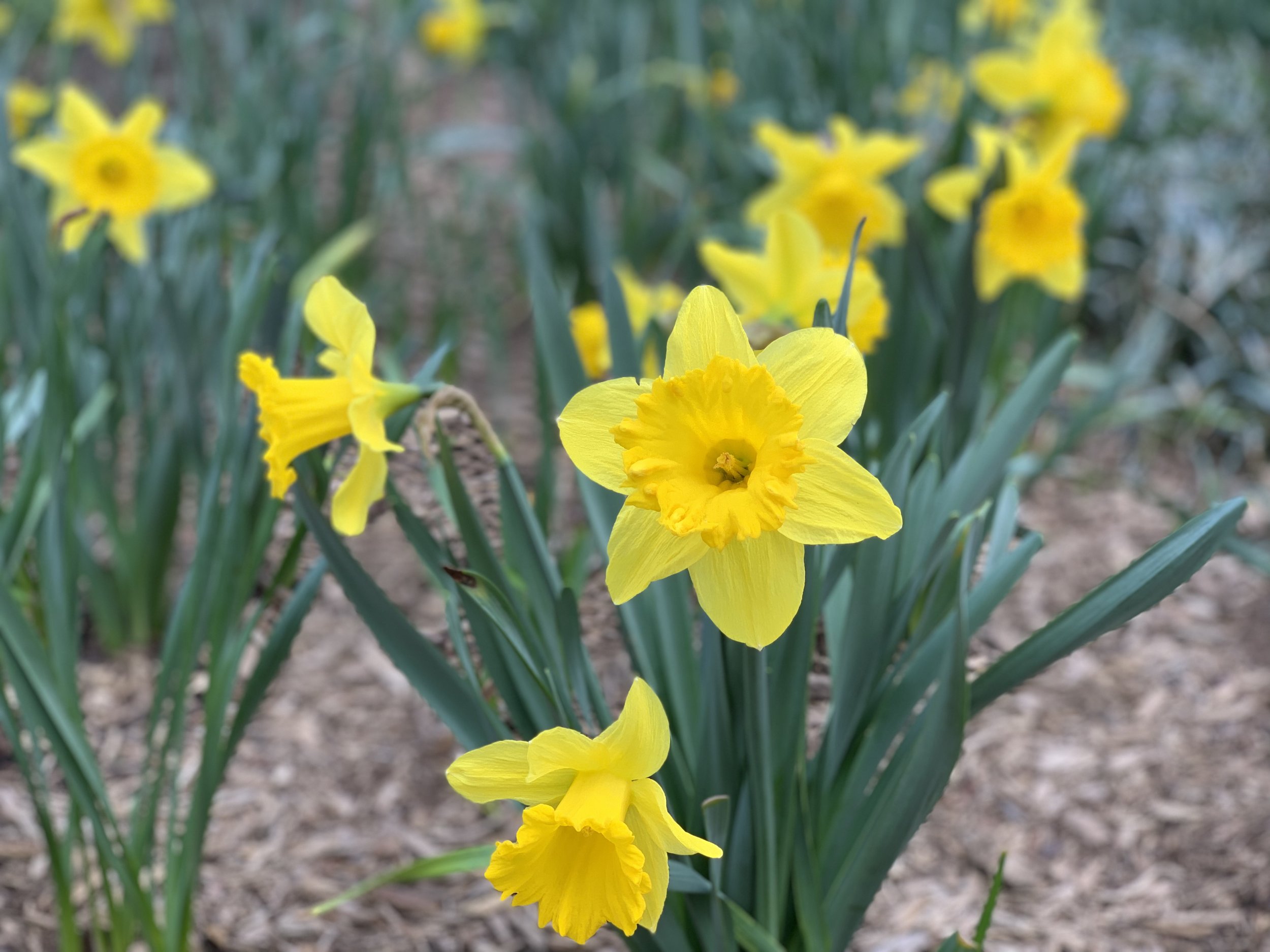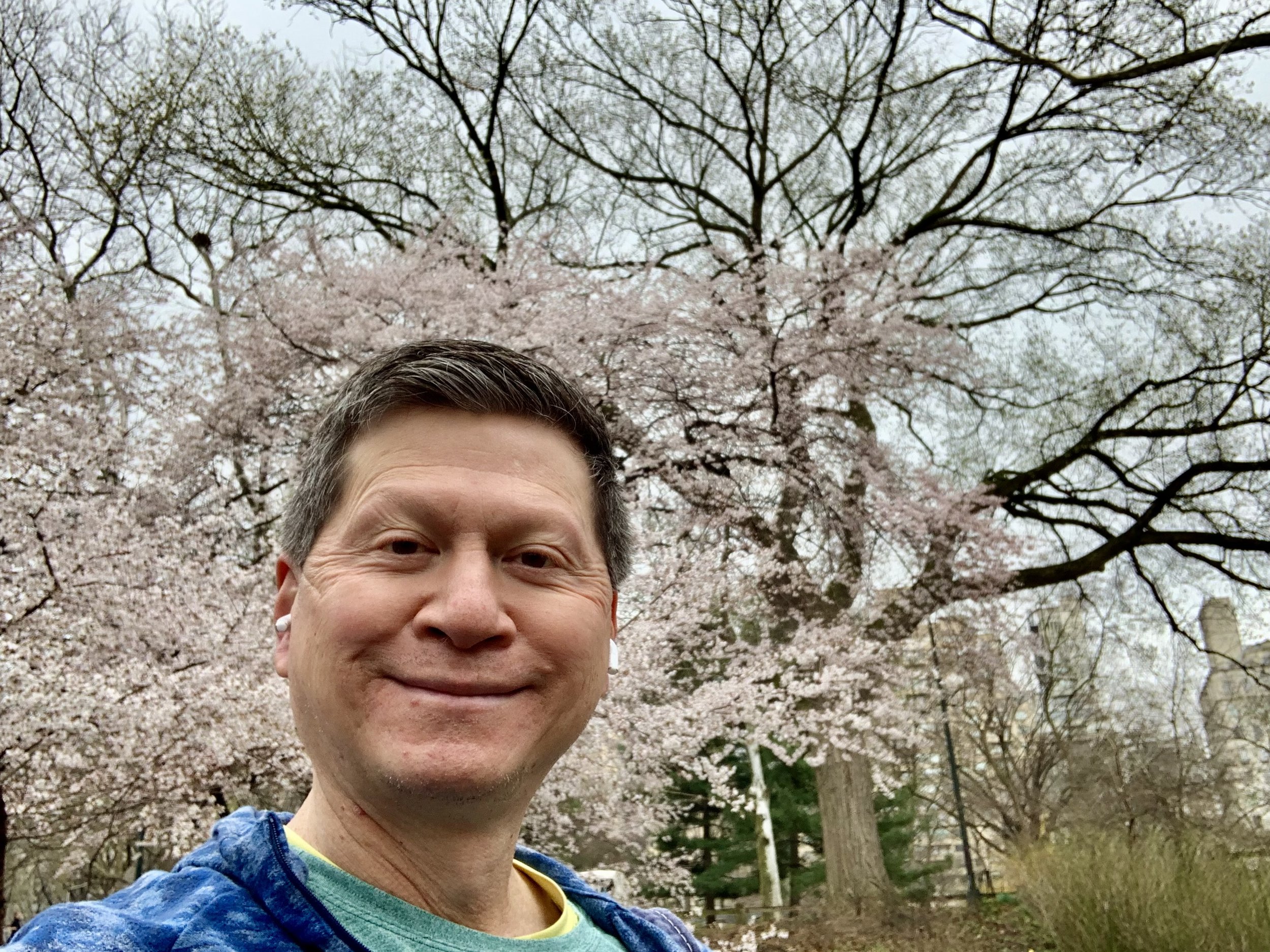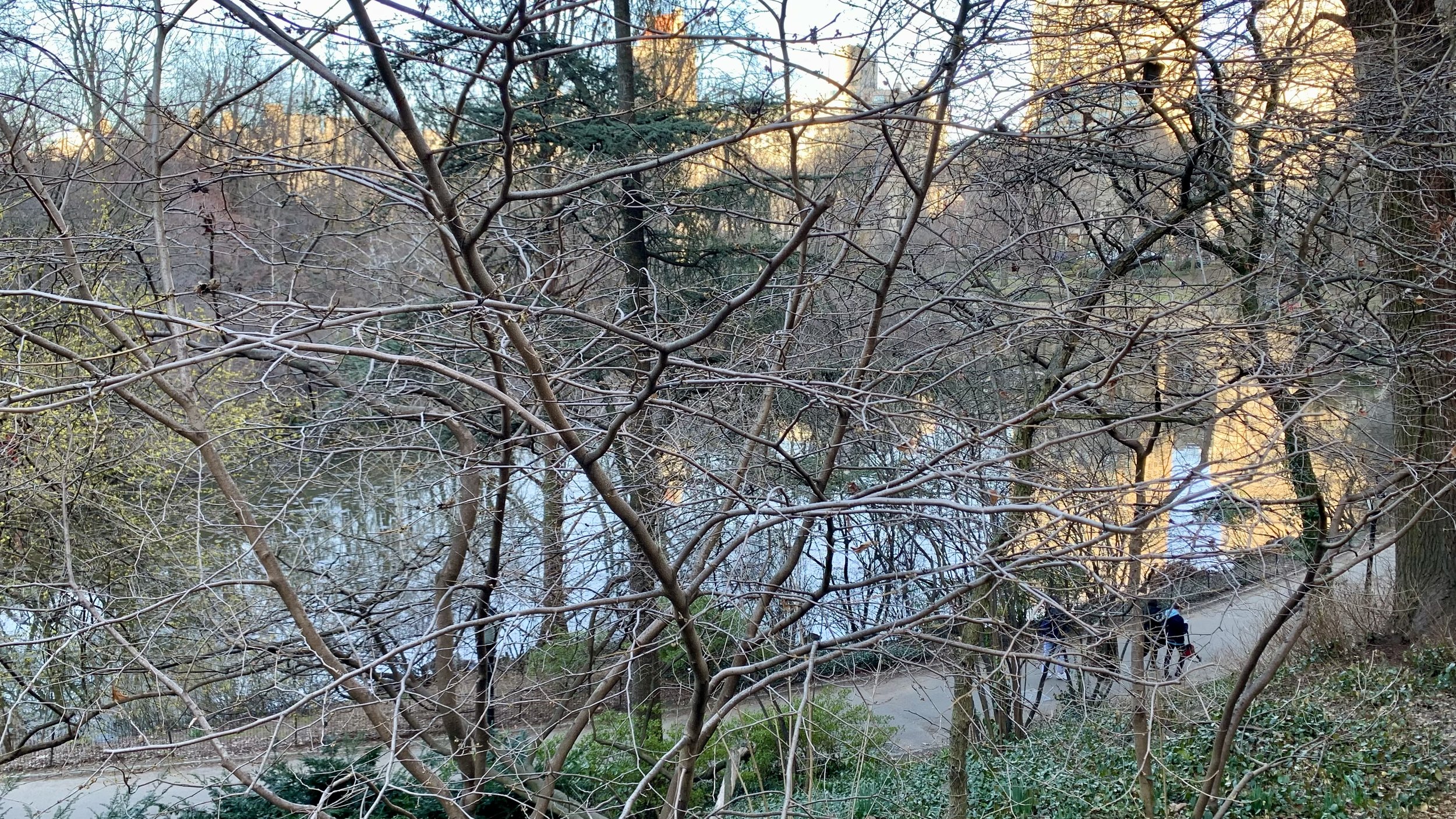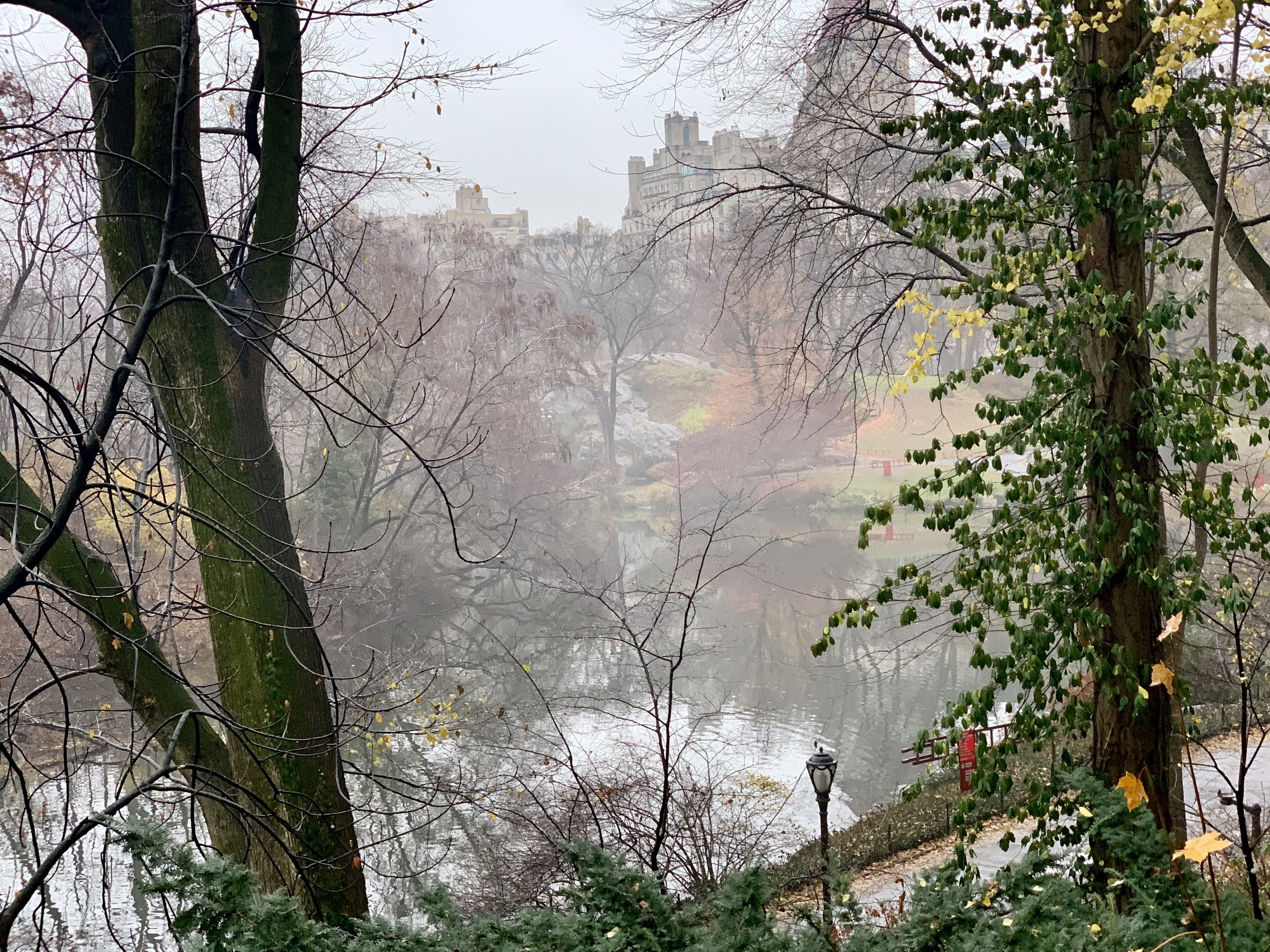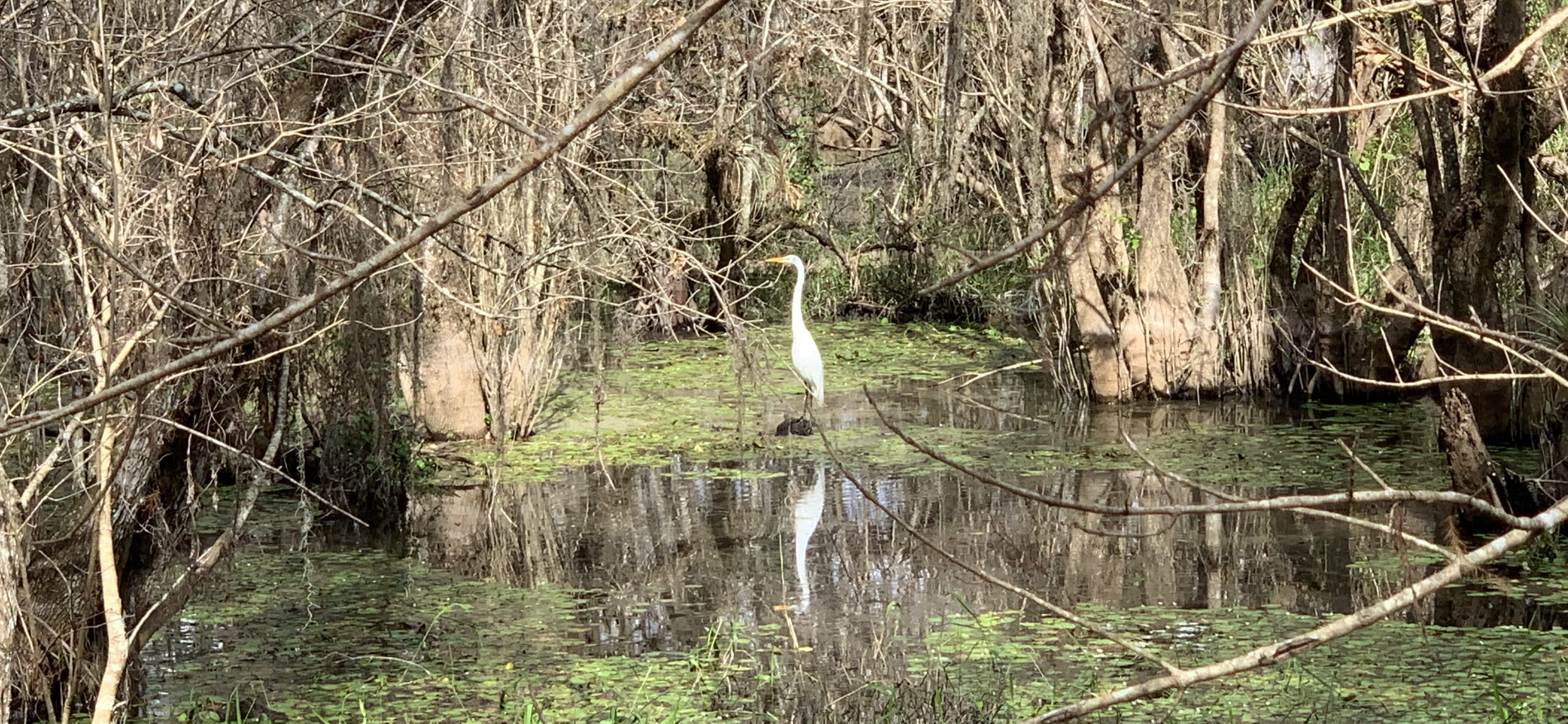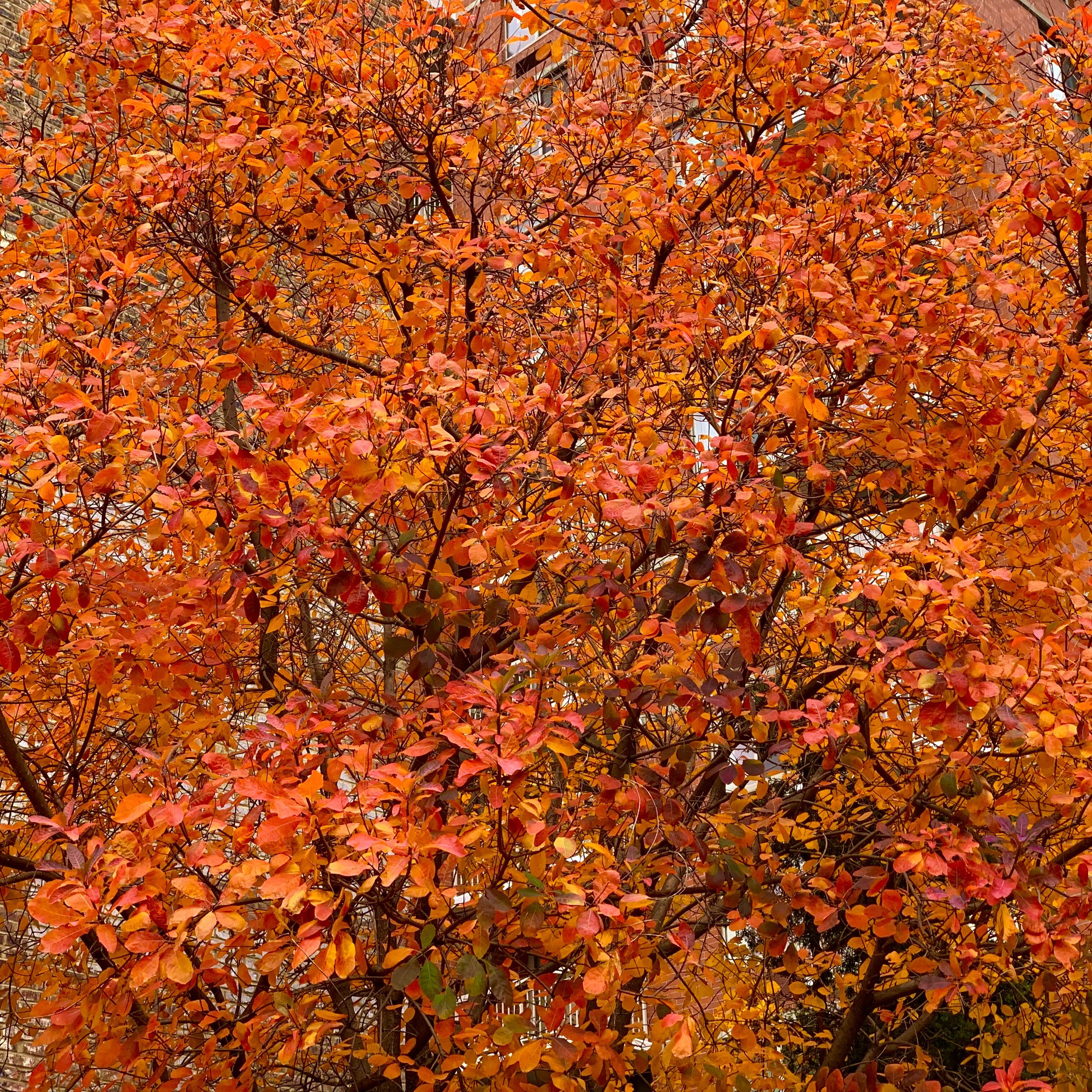Yoga and the Art of Living with Ease
/Summer time, and the living is easy ... and filled with blooming delights!
At the end of my morning meditation practice, I do a brief metta practice. I’ve done this for many years now. I follow the traditional pattern, starting with “May I be happy” … “May I be healthy” … “May I live with ease” … and then proceed from there to add on phrases connected to a yoga theme that I am striving to live by for that day, week or month.
This past month, I found myself repeating the third phrase often – may I live with ease. Maybe it’s because I turned 63 this past month. While not technically retired, I’ve found myself with that retirement mindset flooding my thoughts. Perhaps it’s just sheer tiredness from pushing that rock up the hill like Sisyphus for so many years, or just wisdom gained through growing older and presumably wiser. But at this point in my life, I find myself wanting and choosing living with ease more often.
From Swami J’s translations of the Patanjali’s Yoga Sutras, Sutra 2.46 is: sthira sukham asanam – The posture (asana) for Yoga meditation should be steady, stable, and motionless, as well as comfortable or filled with ease, and this is the third of the eight rungs of Yoga.
For us, that means that in order to realize our highest possibilities, we have to have ease in our life. Whether it’s while sitting in a yoga posture or executing a “posture” in our daily life to-dos, choosing ease will lead to the best outcomes.
There are a lot of people in the world right now who by the circumstances thrust upon them cannot live with ease right now. And in our daily lives, for sure there are moments when un-ease can appear out of nowhere. But as you continue to practice yoga and meditation, I hope that you can recognize opportunities for living with ease more regularly so that you can shift toward ease more quickly when unease rears itself in your life. Afterall, we can’t be useful to the world unless we are able to experience steadiness, comfort and ease often.
Unlike the winter months – when “the weather outside is frightful” – the weather outside is rather delightful right now. I hope that you had a great unofficial start to your summer and I do hope the months ahead will be filled with ease.
May you be happy, …
May you be healthy, …
May you live with ease,
May you live with ease so that you can be of benefit to ALL Beings everywhere.
Aloha and Metta, Peace, and Ease,
Paul Keoni Chun
For these two iguanas, living with ease can mean living at the seeming edge of the world at El Morro in Old San Juan, Puerto Rico.

